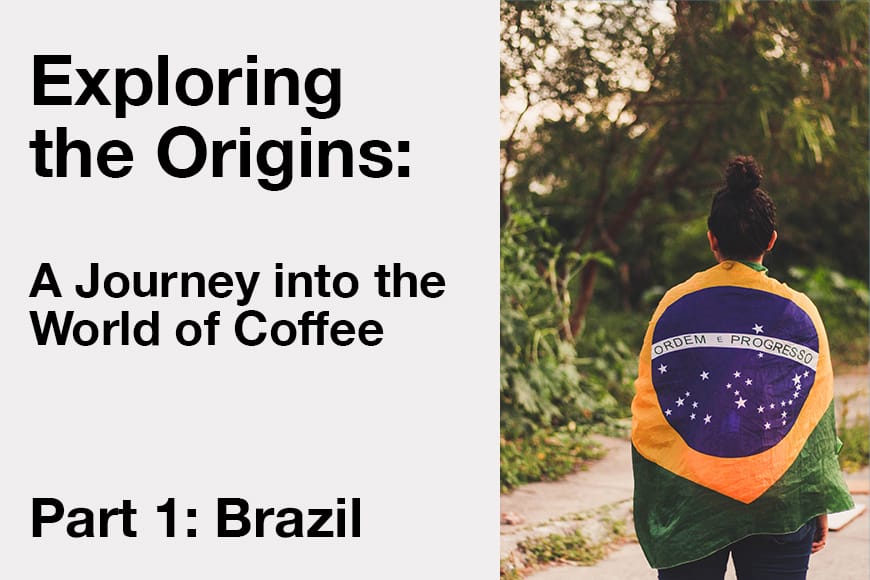Exploring the World of Coffee: Brazil

Welcome to the first installment in this blog series. We’re embarking on a captivating exploration of the countries that cultivate the coffee beans we like to use. Our first stop is Brazil, a nation renowned for its rich coffee heritage and production. Join us as we delve into the fascinating world of Brazilian coffee.
Brazil holds a prominent position in the global coffee industry. It has a long-standing history as the largest coffee producer worldwide. The country’s favourable climate, expansive landscapes, and dedicated farmers make it an ideal environment for coffee cultivation. Since the early 19th century, Brazil has played a pivotal role in shaping the coffee market and influencing global coffee trends.
Stretching across vast territories, Brazil offers diverse coffee-growing regions. They each impart unique characteristics to the beans. The three major regions are:
Minas Gerais In the southeastern part of Brazil, this region produces the majority of the country’s Arabica beans. It features a combination of altitude, fertile soil and a temperate climate. This results in smooth, well-balanced coffees with nutty and chocolatey notes.
São Paulo Known for its extensive coffee farms and well-established infrastructure, São Paulo is famous for both Arabica and Robusta coffee production. The Robusta beans from this region provide a strong, full-bodied flavour. It often finds its way into espresso blends.
Espírito Santo Located in the southeastern coastal area, Espírito Santo is primarily responsible for Robusta coffee production. These beans are prized for their high caffeine content. This contributes to blends that require an extra kick.
Flavour Profiles
Brazilian coffee boasts a wide range of flavour profiles, influenced by factors such as altitude, soil composition, and processing methods. Typically, Brazilian Arabica beans exhibit low acidity and a medium body. They have a pleasant sweetness with hints of caramel, nuts, and chocolate. Robusta beans from Brazil offer a bolder and earthier taste.
Processing Methods
Brazil employs two primary processing methods: natural (dry) and pulped natural (semi-washed). In the natural process, coffee cherries are dried with the fruit intact, imparting a rich and fruity flavour. The pulped natural method involves removing the skin but allowing the beans to dry with some of the fruit mucilage. This results in a cleaner cup with a balanced sweetness.
Sustainable Farming Practices
Brazil is committed to sustainable coffee farming practices. Many coffee producers embrace initiatives such as shade-grown cultivation, water conservation, and biodiversity preservation. These efforts not only protect the environment but also enhance the quality of the coffee. This ensures a sustainable future for the industry.
Terbodore coffee blends that feature Brazilian origin include The Great Dane, Mac Espresso and Revival.
Brazil’s significant contributions to the coffee world are undeniable. From its vast coffee plantations to its diverse flavour profiles. The country has carved its place as a powerhouse in the global coffee trade. Join us in the next installment of our series as we venture into another captivating coffee origin. Stay tuned for an exciting journey that will expand your understanding and appreciation of coffee’s diverse origins.